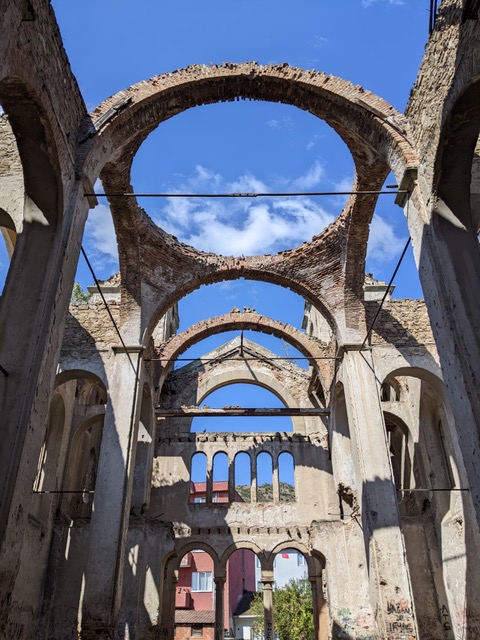Abdulhamit Kırmızı (CAS Sofia): “An Empire of Officials: Christians in the Ottoman Bureaucracy”
Abstract: During the 19th century, the Ottoman Empire underwent a massive process of state-building and expansion of state functions, creating tens of thousands of new government jobs. In this period of state reconstruction and bureaucratization, Christian officials’ employment is an essential feature of the expanding modern Ottoman bureaucracy. My project deals with non-Muslim members of the Ottoman bureaucracy, based on the personnel registers kept in 1879-1914, consisting of 201 large volumes that provided information on over 50,000 Ottoman officials. Almost 3.000 non-Muslims (6% of the total) worked in the Ottoman civil service. After giving the quantitative outcomes of the project, I will present the daily interactions of mostly petty officials from different confessional backgrounds in professional life. I will address their sharing of common languages, bureaucratic identity, networks of patronage, and joint malpractices as examples of a bureaucratic space of intercommunal life.
Jeremy Walton (University of Rijeka): “Ottoman Pasts in the Balkan Present: On Ironies and Absences of Collective Memory”
Abstract: When Maria Todorova famously opined that ““(It is) preposterous to look for an Ottoman legacy in the Balkans (because)…the Balkans are the Ottoman legacy,” she challenged the homogenizing settlements of nationalized collective memories in the Balkans. In this lecture, I take up this challenge by offering a comparative portrait of the ironies of post-Ottoman collective memory in three sites.. First, I discuss Thessaloniki’s New Mosque (Yeni Cami), the former site of worship for the syncretic dönme community that has recently been recruited to the project of excavating the city’s plural past as a means to present-day urban investment. Next, I examine a former mosque in the Croatian fortress of Klis near the Dalmatian city of Split, which functions today as a church, and bears no explicit marker of its Muslim past. Finally, I consider Sarajevo’s iconic Sebilj fountain, a site whose Ottoman-Orientalist aesthetic connotations belie its Habsburg origins.
https://uni-regensburg.zoom.us/j/62411825548?pwd=Y2pFL3V0aWNEQko2eXphQ2VJMFdTQT09
(Meeting-ID: 624 1182 5548, Kenncode: 519637)

